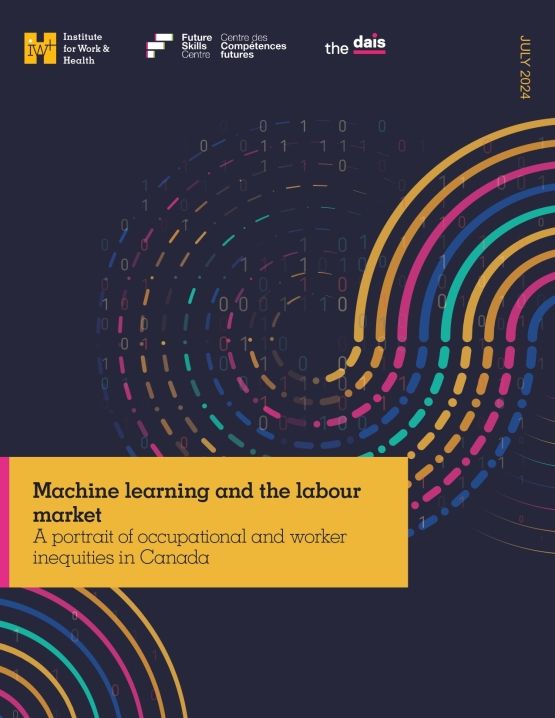Machine learning, a form of artificial intelligence, is increasingly being used by Canadian workplaces to drive innovation and raise productivity. Given its capacity to learn, adapt, and generate outputs with increasing independence, this technology could be used to perform job tasks that are physical or cognitive in nature, across a broad range of industries and occupations.
Concerningly, the potential impacts of machine learning may be distributed inequitably across occupations and worker groups. In this report, the research team used a novel analytical approach to examine the extent to which different jobs in Canada may be exposed to machine learning. Through this approach, the team estimated different occupational and worker characteristics that are related to high or low machine learning exposure.
